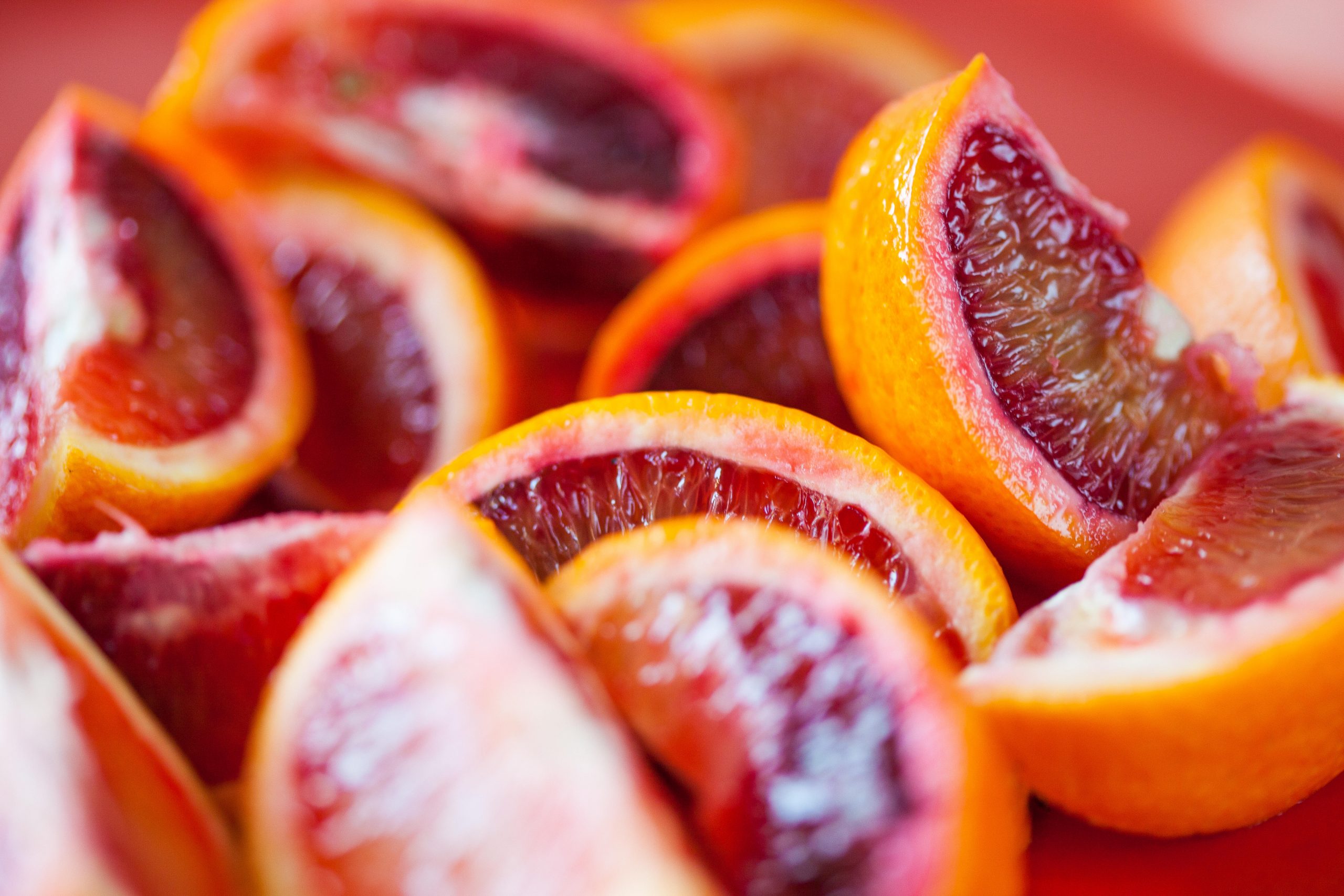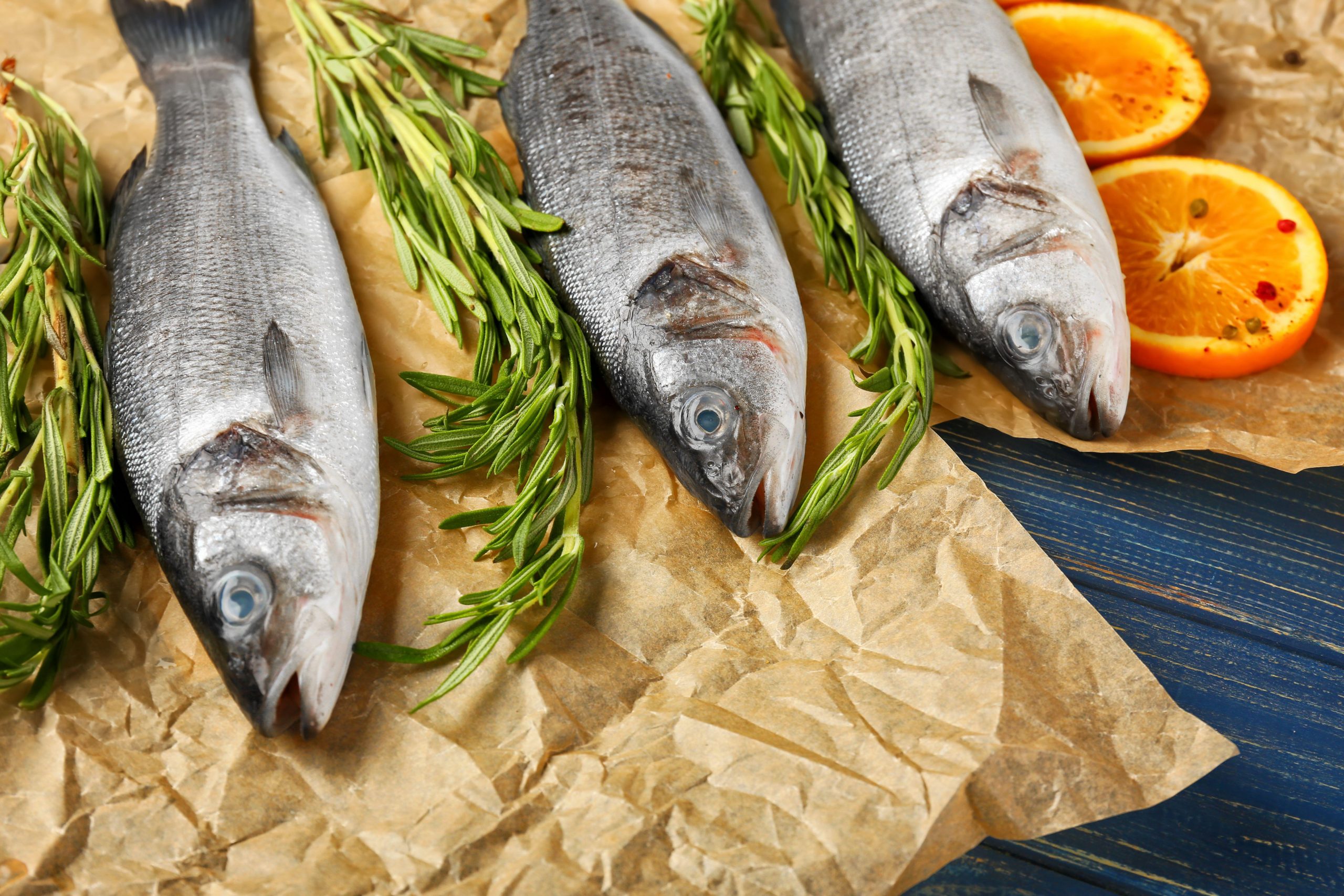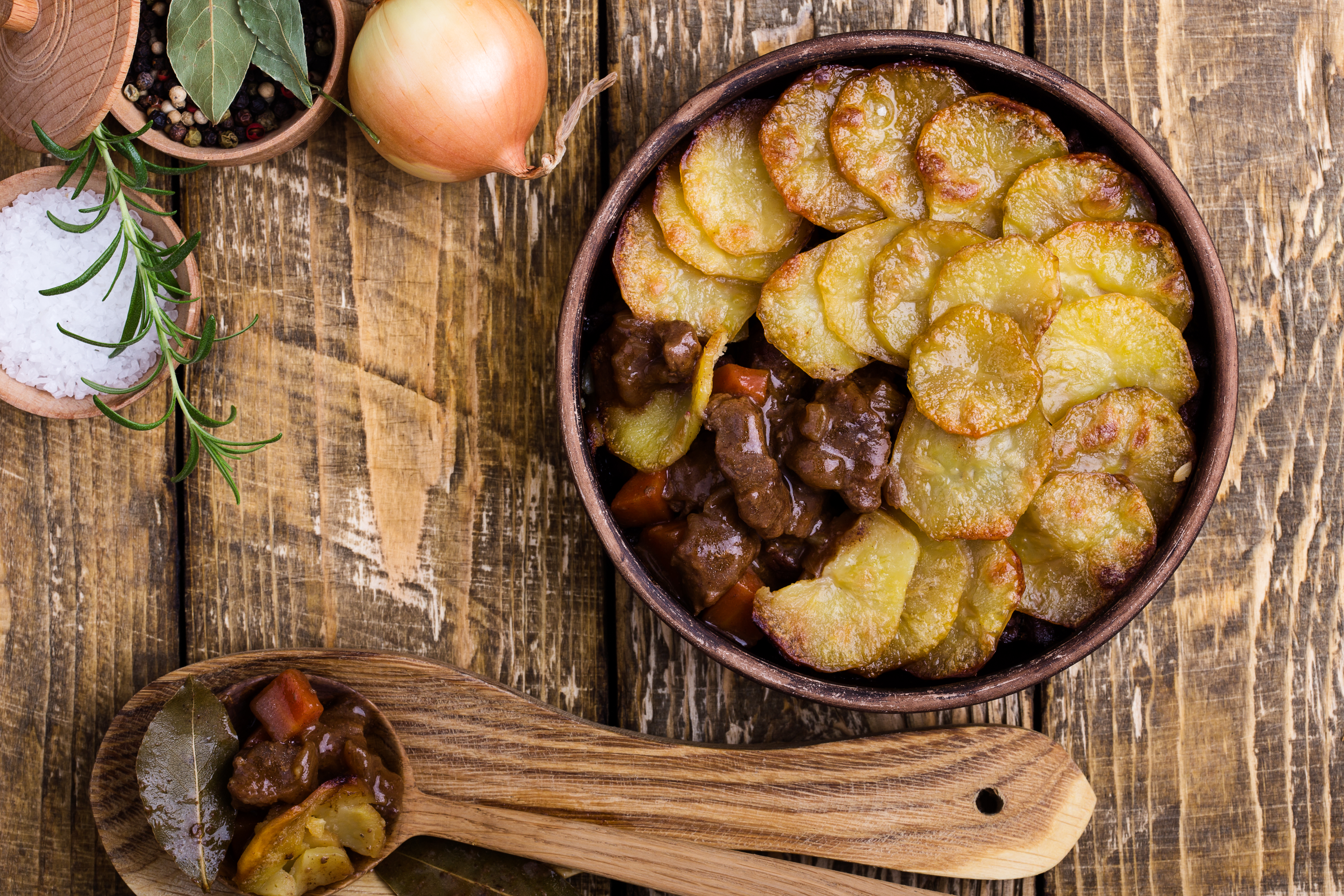How to use oranges to brighten up your February food, by Tom Parker Bowles
It may look a little dull compared with other fruit, but the zingy orange was once the preserve of kings and nothing beats its sweet and sharp magic when it comes to brightening up a dreary winter day, says Tom Parker Bowles.


The orange doesn’t immediately strike one as the most sybaritic of fruits. Too brash, too bold, too, well, orange. It lacks the peach’s luscious curves and the strawberry’s plump, come-hither allure. Grapes can be dangled above lips of louche, lascivious lovers and cherries gorged with a frisky wink, but the orange is wilfully, resolutely unsexy, thick woollen tights rather than silken stockings, more half-time snack than good-time minx. Shakespeare, in Much Ado About Nothing, even goes as far as to associate it with the green-eyed monster. Count Claudio, described by Beatrice as ‘neither sad, nor sick, nor merry, nor well’ is a ‘civil count, civil as an orange, and something of that jealous complexion’.
Civil as an orange, eh? Hardly complimentary, although the Stratford scribe was referring with his pun to the bitterness of the Seville, Citrus aurantium, which would have been the only orange he’d known. Native to China, the fruit made its way, via Arab traders, into Sicily and Spain towards the end of the 12th century. And there’s a typically picaresque account of how it travelled further north. A group of Norman pilgrims, so the tale goes, was meandering from Jerusalem and happened across a fierce battle, where the Prince of Salerno was under heavy attack from an army of marauding Moors. They flew to his aid, drove off the aggressors (no ordinary pilgrims, these!) and saved the Prince’s life.
As thanks, the cunning royal gave them ‘a mountainous gift of beautiful oranges’ to deliver to the Duke of Normandy. So enamoured was the aristocrat of these fragrant orbs that he wanted more — so he decided to conquer southern Italy. And Sicily, too. As ever with these tales of culinary genesis, recollections may differ. But they make for a stirring, if somewhat biased, story all the same.
"Making marmalade is as much art as it is science. I once tried my hand, but, after a particularly sticky afternoon, I decided this was one thing best left to the pros"
The Arabs were also responsible for the fruit’s name, as the Sanskrit naranga became the Persian narang, thence, the Arabic naranj — which was naturalised into Spanish as naranja, then orenge as it passed into France and finally, orange, probably named after the eponymous south-eastern town that was once the centre of the citrus trade.
Back then, the fruit, like pepper and mace, was associated with wealth. The rich would vie with each other as to how much of the fragrant oil they could use (as well as the juice), lavishing it on sherbets, ices, pastries and cakes. And it wasn’t only food, but bath oils, unguents, make-up and medicines, scented with a divine distillation of the blossom. Such was its prestige and reek of opulence that oranges may even have featured, as five golden balls, on the Medici coat of arms. When it came to moneyed mendacity, that dynasty took some beating.
Things got more elaborate still with the reign of Louis XIV, the great Sun King, who built a south-facing orangery at Versailles of such ornate magnificence that it was a spectacle in its own right. Filled with trees from Spain, Italy and Portugal, as well as specimens from courtiers who wanted to curry favour, it was kept constantly warm and free from frost. The King’s gardeners even perfected, by means of judicious pruning and water deprivation, a year-round crop, with eternal blossoms, too.
Louis would have also grown sweet oranges, Citrus sinensis, which arrived in Europe from China via Portugal, sometime towards the start of his reign. But it was a British monarch, Charles II, who fell for an altogether more buxom bounty — Nell Gwynn, the famous ‘orange wench’, spotted as she hawked her juicy wares through the crowds at his favourite theatre.
Exquisite houses, the beauty of Nature, and how to get the most from your life, straight to your inbox.
Enough, however, of the fruit’s gilded past and onto matters culinary. The Seville orange is, of course, best used in marmalade (as well as a sauce for duck), the making of which is as much art as it is science. I once tried my hand, but, after a particularly sticky afternoon, I decided this was one thing best left to the pros. But, for me, the blood orange is the greatest of them all, preferably Sicilian (where the mutation was first discovered) and a variety that manages to balance the sweet and sharp with elegant aplomb. Anthocyanins, the pigments that give the fruit its glorious crimson hue, flourish under the island’s chill nights and mild days. Slice the blood oranges up for salads with onion and fennel or add them to ceviches and crudos, for a splendidly bracing dose of Mediterranean magic. Just the tonic, then, for these dim, drab February days.
Recipe: Seabass, orange and fennel crudo

Ingredients
Serves 6 as a starter
- 500g (a little more than 1lb) skinless seabass fillet (you can use bream or monkfish, too)
- ½tspn pink peppercorns, lightly crushed
- 2 tbspn extra-virgin olive oil
- 2 blood oranges, segmented, with any juice reserved
- 100g (3½oz) fennel, thinly sliced using a mandolin (or very sharp knife)
- A handful of herbs (I like to use dill or basil)
- Sea salt
Method
Using a sharp knife, slice the seabass down the centre, then across at an angle so that it looks like sashimi.
Place the seabass pieces on a serving dish, season with the pink peppercorn and some sea salt and cover with the olive oil and orange juice.
Top with the orange segments, sliced fennel and the dill and serve immediately.

How to eat seasonally in February, by Tom Parker Bowles
February may be grim, but it’s never, ever dull says Tom Parker Bowles — especially if you know what to

How to make scotch pancakes with dark chocolate and roasted hazelnut sauce
Kimpton Fitzroy London's Executive Chef shares a decadent recipe that will delight the senses.
Tom Parker Bowles is food writer, critic and regular contributor to Country Life.
